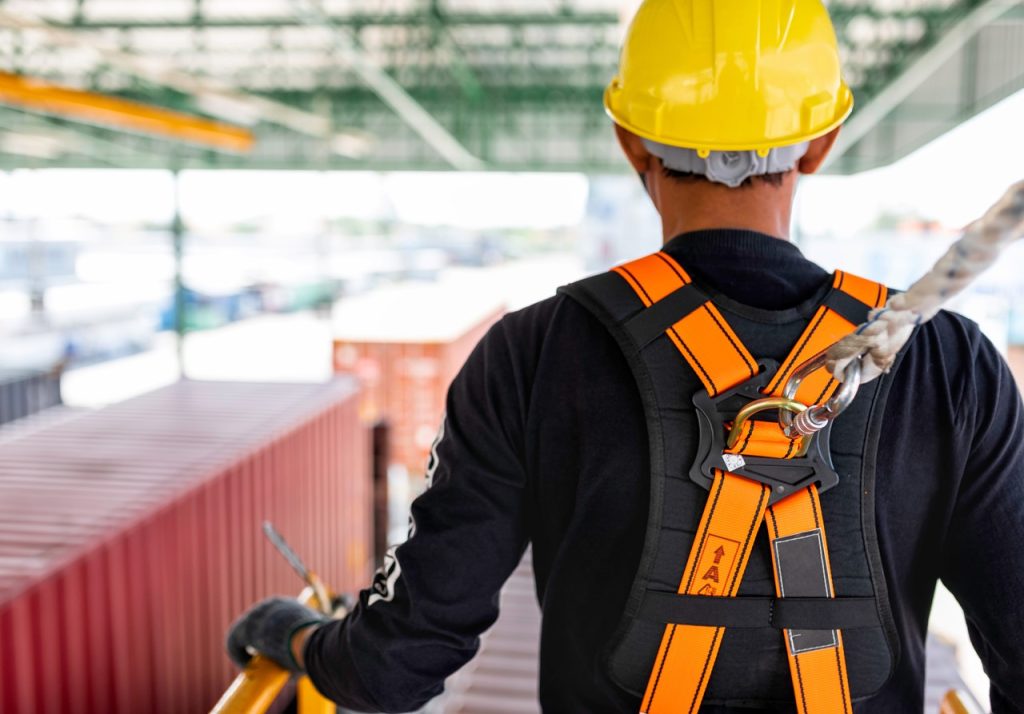Jason Wible Frenchcreek Shares Techniques to Check Safety Harness Before Wearing
Across industries, employees who need to work at heights should ensure fall protection, while outfitting with a personal fall arrest system or safety harness is the first line of defense. Consisting of a few vital elements such as connectors, anchors, and lanyards safety harness has been the most extensively used as a steady fall protection solution to these industries worldwide. However, failing the harness may happen if there is any sort of underlying problem. It is, therefore, before wearing it, each employee needs to personally check the system while donning it, says Jason Wible Frenchcreek.
Things to be checked include every stitching areas where the hardware items are attached. Checking of webbing, buckles, belt ends, and back in addition to sideway D-rings is also essential. Simply spending merely five minutes checking the tool, one can ensure its uprightness of it to prevent self from being a victim of a fatal accident.
The Steps To Follow While Checking The Harness
- First, the wearer needs to pull the harness by grabbing its back D-ring. Then the harness needs to be wobbled for letting the straps get into place. Accordingly, things to ensure include
- If there is any kind of damage like frayed, dented, or missed threads, webbing, or cracking on the fall harness
- The metal strap fasteners as well as side and back D-rings are not deformed or cracked
- If the fall harness consists of grommets, it is important to check that they are attached firmly and in the right form or intact.
- The tongue buckles are attached firmly and must not be twisted.
Tips to Wear Fall Arrest Harness
Donning a harness appropriately after thorough checking makes a difference between death and life. According to Jason Wible Frenchcreek, knowing the correct techniques and putting on them with seriousness is the key to preventing falls.
Unfasten key elements

First, the wearer should unfasten the adjustable straps and undo the buckles if they are already fastened or buckled.
Use of shoulder straps
Grab the shoulder straps and then slide the same around the foot in the way the suspenders of pair of pants is worn. The wearer needs to ensure the webbing has no bends. If appropriately worn, the straps should remain flat, despite allowing all types of motions easy and flexible.
Use of leg straps
Then by grabbing straps that will be dangling among the legs, the wearer needs to draw each strap among the legs and hook it to the next one. Now the leg straps should be tightened while the extra webbing should be inserted through the shoulders of the leg strap.
Use of chest straps
Now it is time to buckle the chest strap ensuring it is steadily fit making the strap cross through the center of the chest. The straps must be fitted snuggly while allowing the shoulder straps to stay taut.
Final Adjustment
Once each and every strap is fastened and buckled, the wearer needs to adjust them allowing the harness gets fitted snuggly but allowing a full range of motion. Adjustment should be proper so that it does not hinder the wearer from easily moving. Also keeping it too loose could be dangerous and result in a fall making the worker injured or even die.






